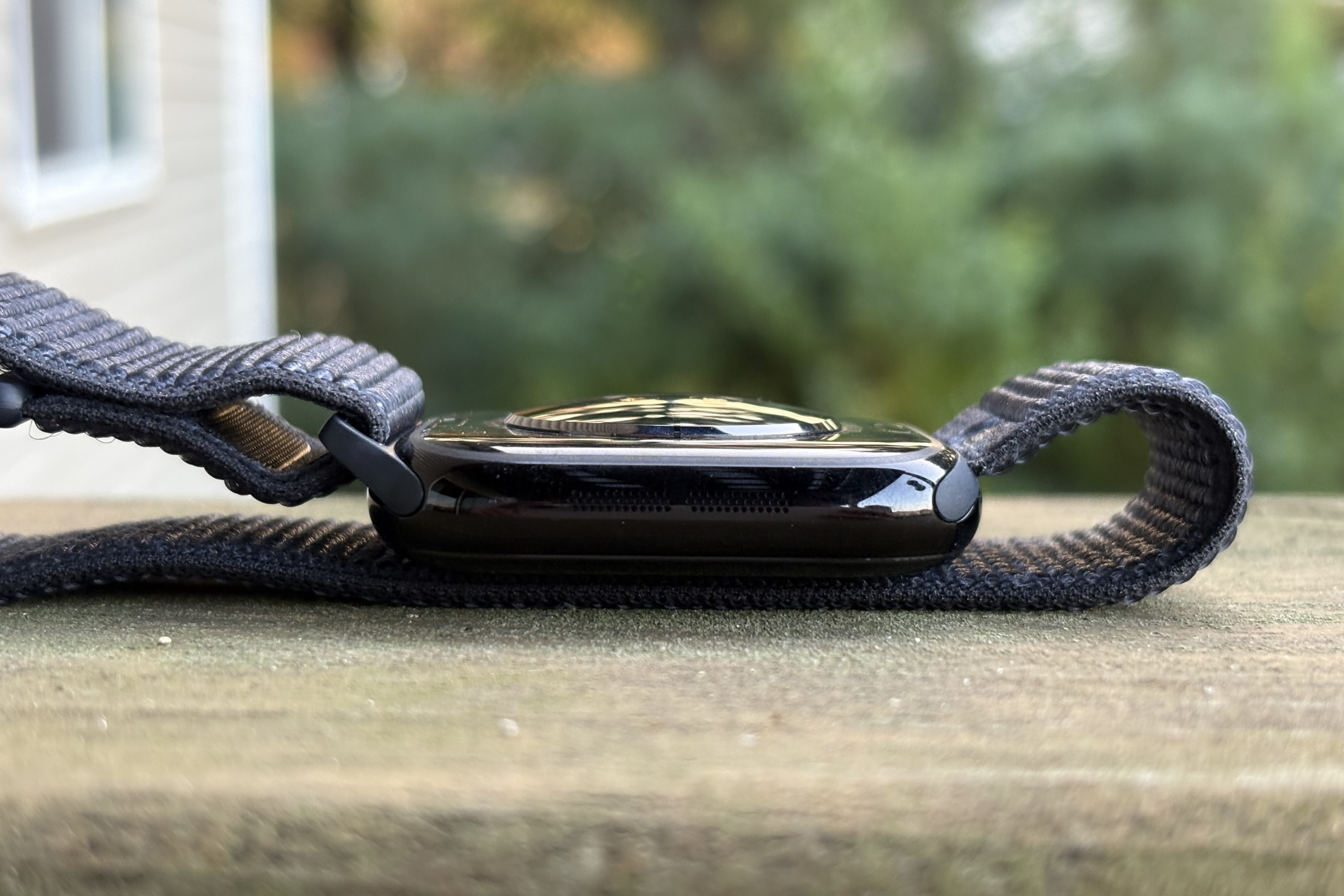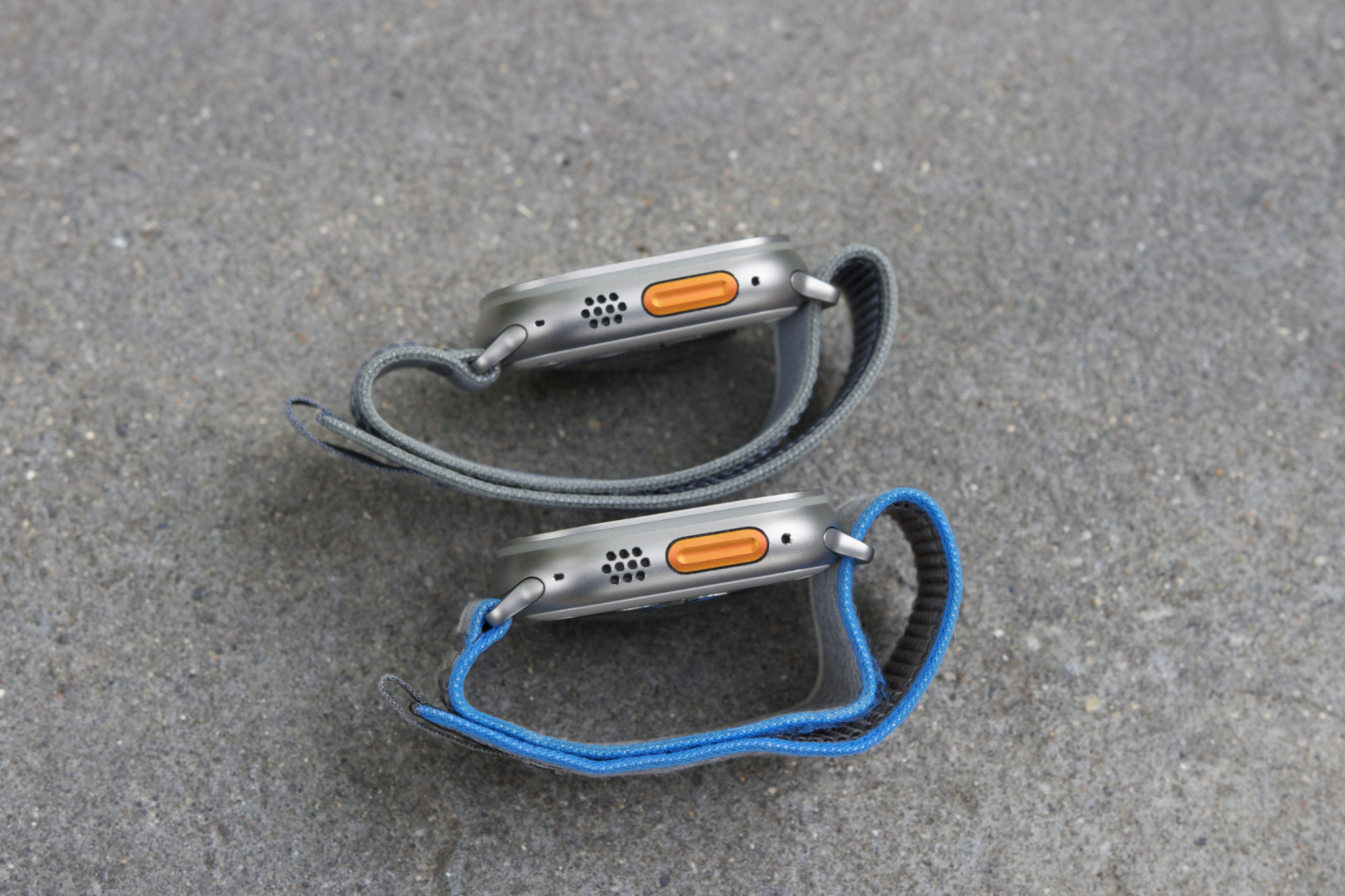The Apple Watch Ultra 2 is a fantastic smartwatch. It’s big, stunning, and still the most capable Apple Watch you can buy today.
It’s the Apple Watch I’ve been wearing for the past year, but recently, I decided to get rid of it in favor of a different model. Why? Let me tell you.
My relationship with the Apple Watch

Since having a heart attack in 2020, the Apple Watch has been a key part of my life. Apple’s focus on health resonated with my life, and features like the ECG, heart rate monitoring, and blood oxygen saturation all measured key metrics I needed to track in the immediate aftermath of an operation to place a stent in my heart.
The key issue with the Apple Watch at the time was its battery life. Early versions promised all-day battery life, with the caveat that this didn’t mean 24 hours, but closer to 18 hours. It also took almost two hours to charge to full, which meant there was a significant period in which I couldn’t track my health.
When you’re in your mid-30s and a heart attack is the first health problem you’ve had, there’s a lot of health anxiety that presents itself. My solution was to buy a second Apple Watch and keep one on charge with the other on my wrist. This worked well, but when Apple launched the Apple Watch Ultra, it changed my approach to tracking health.
Why the Apple Watch Ultra appealed to me

The Apple Watch Ultra offered many features for runners and the more active among us, but for me, the key benefit was the battery life. Instead of having a battery that lasted less than one day, the Ultra offered two days or more. It was more expensive, but meant I didn’t need two Apple Watches.
The Apple Watch Ultra also had a bigger display, which appealed to the geek in me. The bigger display makes it easier to see more from your notifications, and while many people won’t use a watch for this, it’s one of my key use cases. I hate using my phone to see pertinent information at a glance, especially when some information is displayed on my wrist.
The Apple Watch Ultra offered a few benefits to me, but there was one significant downside: it was bigger on the wrist. The Apple Watch Ultra 2 didn’t improve this much, and both are noticeably bigger than their non-Ultra cousins. They’re also much bulkier, and while I settled for the benefits it brings, I’ve longed for a thinner version so I could drop my Apple Watch Ultra 2.
Thinner, lighter, and sleeker

At its Glowtime event a couple of weeks ago, Apple took a huge stride toward offering this. The 10th-generation of the Apple Watch combined the best of both devices into one, crucially fixing many of the problems I’ve had with the regular Apple Watch range. The result is arguably one of the most appealing Apple Watches ever made.
The Apple Watch Series 10 is thinner and sleeker than any previous Apple Watch. It also solves one part of the battery life problem by offering significantly faster charging while improving battery life. Surprisingly, the body is smaller than that of my Apple Watch Ultra 2, but the Apple Watch Series 10 also has a slightly larger display.
Switching from a regular Apple Watch to the Ultra is a noticeable change on your wrist. It may not seem that way, but the Apple Watch Ultra 2 weighs 60% more than the Apple Watch Series 8, and when you wear a watch every day, it’s a noticeable, though manageable change. The trade-offs were worth it, but the Apple Watch Series 10 means most of these trade-offs are no longer necessary.
First impressions of the Apple Watch Series 10

The Apple Watch Series 10 offers the largest display of any Apple Watch at 1.96 inches, but it does this in a smaller body than the Apple Watch Ultra 2, which is 3mm taller and 5mm wider. It’s almost 5mm thinner and shaves a third off a third of the weight of the Apple Watch Ultra 2. Unless you need the Action button for quick access to workouts and better battery life, the Apple Watch Series 10 offers everything that the Apple Watch Ultra 2 does, but in a sleeker package.
Battery life was my biggest concern when switching to the regular Apple Watch, and the Apple Watch Series 10 hasn’t alleviated this. It’s a solid one-day device, and a few days in, it lasts me around 36 hours. That’s not the same as the Apple Watch Ultra 2’s battery life, which regularly lasts over two days. It’s also not as good as the Google Pixel Watch 3, which is much closer to the Apple Watch Ultra 2, but it has improved over previous generations.
The biggest quality-of-life improvement has been in the charging speeds: they are incredible. I’ve longed for an Apple Watch with rapid charging, and the Apple Watch Series 10 delivers. Instead of hour-plus charging speeds, the Apple Watch Series 10 can charge to full in 57 minutes. It can charge to 50% in 25 minutes, and a quick 10-minute charge can top it up from empty to 20%. This is the rapid charging that every Apple Watch needs; for context, the Apple Watch Ultra 2 takes almost twice as long to charge to full.
The bigger display was also a significant factor that drew me to the Apple Watch Series 10, and it mostly delivers — though Apple has limited the usefulness of the display. The Apple Watch Ultra comes with the Modular Watch Ultra face that I’ve been using for a year, and despite its larger display, the Apple Watch Series 10 doesn’t have this information-packed watch face. This is not a hardware limitation, but a deliberate move to keep certain features exclusive to the more expensive Apple Watch Ultra 2.

Despite the larger display, the Apple Watch Series 10 is much thinner and lighter than the Apple Watch Ultra 2. Twenty grams makes a big difference in day-to-day usage, and while the Apple Watch Ultra 2 has always felt like an anchor on my wrist, the Apple Watch Series 10 feels more like an analog watch in size and weight.
The Apple Watch Series 10 is also the first Apple Watch to offer sleep apnea detection, although this feature will also be available on the Apple Watch Ultra 2. Unfortunately, Apple hasn’t yet resolved its patent dispute with Masimo, which means that the Apple Watch Series 10 and any other Apple Watch you buy now won’t offer blood oxygen monitoring.
Goodbye Ultra 2, hello Series 10

I’ve longed for a thinner Apple Watch Ultra, and the new Apple Watch Series 10 mostly delivers the experience I’ve been looking for. The two areas that have convinced me to sell my Apple Watch Ultra 2 after just a year are the rapid charging and the size of the body.
Switching to the Apple Watch Series 10 felt like a considerable risk, especially in terms of the battery life, but I’ve been very impressed with Apple’s latest wearable. The battery life isn’t as impressive as that of the Apple Watch Ultra 2, but the fast charging compensates for it. It’s easy to find 15 minutes to top up the battery when needed, but it is much harder to find the time to charge an Apple Watch Ultra 2. For example, the Apple Watch Ultra 2 takes 22 minutes to charge to 16%, while the Series 10 charges to over 40% in the same period.
Despite some noticeable trade-offs — of which there are far fewer than ever before — the size of the Apple Watch Series 10 means I’m ditching the Apple Watch Ultra 2 in favor of the Series 10. I do hope that Apple offers an Ultra-like watch face for the Series 10, but otherwise, this is a switch that I’m cautiously optimistic about.





